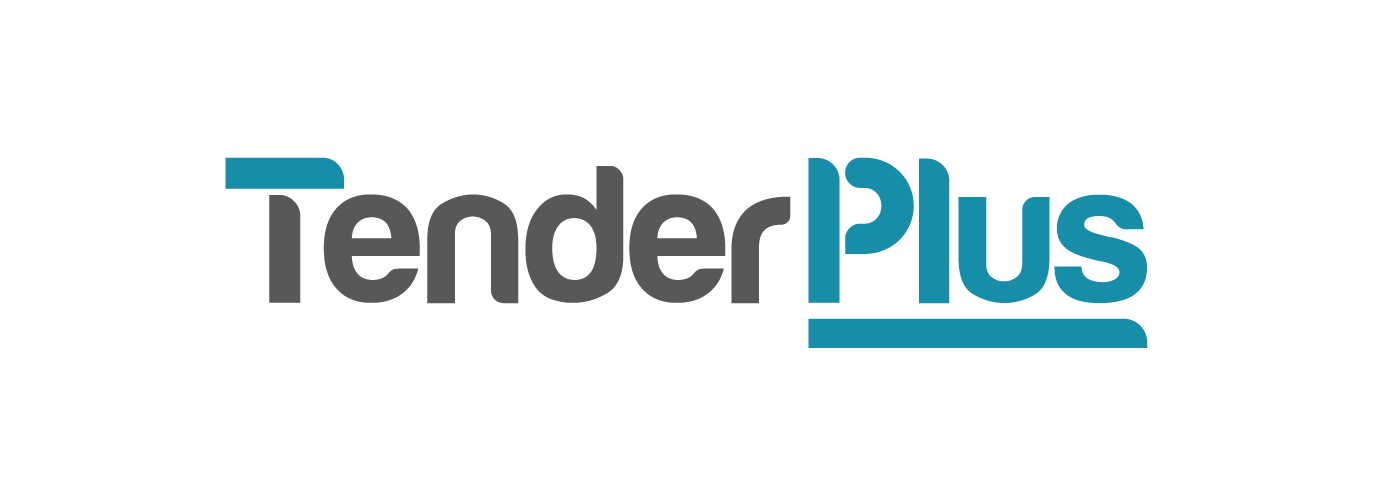The recipe for a cracking case study
Roshan Sahukar, Tender Specialist (Sydney)
A common element of a tender response is the requirement to provide a collection of project examples or case studies that demonstrate your capability to deliver projects that demonstrate the skills you need for the job you want to win. Here are four things you need to create a cracking case study.
The fast facts
A case study is only as good as the information provided by a subject matter expert — ideally an expert who worked on the project. A quality case study needs the data to back it up and your project sheet is only as good as the information you have to hand. This is about asking the right questions and keeping quality data records for each project. It starts with the basics: Location, Contract Value, Type of Contract and all the other “fast facts” that shape a project. It’s these small but important details that you’ll want to have to hand to avoid a last-minute scramble when the RFP drops.
A project description
Then it’s the meatier details you’ll need. A project description is the main one. And chances are you’ve already written one somewhere along the line. The executive summary of your EOI or RFP docs might have what you need. Or perhaps you’ve applied for an award for the project and have the submission to hand. If you’re writing it from scratch, a succinct and informative summary of the project is what you’re aiming for, with a brief outline of the problem and how you solved it for the client.
Lessons learned
Lessons learned is a phrase you’ll often hear at the start of a bid, where the team is keen to do things differently. This is the bid version of the classic job interview trap “tell me about your weaknesses” and it’s important to focus on the way you identified a challenge and deftly dealt with it, rather than avoiding the challenge itself. Think about how to frame lessons learned in a way that sells the benefits of your company, if communication was an issue on your reference project, talk about how you approached that particular challenge.
The gold
Finally it’s those gold nuggets of interesting info that make a case study really sing. Even better if there is data (yes more data) to back up what you’re saying. Was your project the biggest, the greenest or the first of its kind? Not to overstate it, but this is where you should SHOUT IT FROM THE ROOFTOPS. And if the project won awards – or was even shortlisted – then you better believe that is key information that no self-respecting case study should omit.
The challenge with a project sheet or case study is providing key projects insights in a brief and compelling format. One of the ways we achieve this at Tender Plus is by asking our clients a series of questions about a project to capture not only the essence but also those interesting details that make a project “pop” and really showcase your company’s expertise and talents. But remember we can only write what we know, and for this we rely upon the information from you, the subject matter experts.
It’s also about timing. The sooner after a project you put together a case study the better and more finely honed your case study will be. Try writing it five years after the fact and firstly, your case study will be looking a bit beyond its best before but also you will have forgotten the key details that made it a good one to begin with: key decisions, innovations and optimisations that made this project worth telling the world about.
Tender Plus offers tender support and consulting services to assist you to pursue and win competitive business. Check out more about what we do here.
